Learn : Behavior & Training
How to Introduce a Dog to a Baby
You’re home. You’re showered. You’re not wearing a hospital gown. And for the first time in days, you have a moment alone to peer into the bassinet and just gawk.
You’re a brand new parent, and as the world slowly begins to turn again, you’ll soon have a lifetime to second, third and fourth-guess every decision you make for their wellbeing. So while you’re busy learning how to change a diaper, allow us to resolve at least one of those concerns for you as a belated baby shower gift:
Introducing your dog to your baby.
Setting the scene
While a first impression won’t make or break your dog’s relationship with their new brother or sister, a positive initial encounter can go a ways in paving the road for a copacetic relationship.
If you can remember on your mad dash to the hospital, bring an extra blanket. Cuddle, rub and swaddle the baby in it and ask your partner, family member or friend to bring it home to your dog before you officially arrive. The canine olfactory sense has been reported as up to 100,000 times stronger than our own and serves as their primary mode of perception, so allowing them to get familiar with your baby’s scent could get them familiar faster.
Start thinking about routines, too. Dogs are creatures of habit, and would prefer to do the same thing at the same time all day, every day. That obviously won’t be possible with a new baby in the house, so plan to ease your dog into new expectations for their walk schedule, meal times and potty breaks. Pulling the wool out from under them could create confusion or anxious behavior.
Saying hello
When the big moment arrives, there’s three maxims to live by:
Know your dog. It’s likely you already have a pretty good idea of how they do with small humans at this point, so trust your gut and make the intros accordingly. Some dogs may be better on a leash, in a crate or simply placed in a room or situation that makes them feel comfortable.
Go slow. Don’t bombard them with a, as the confluence of smells and sounds could give your dog cause for agitation. Give your dog a chance to sniff them out for themselves, spending small amounts of time together in a comfortable common area. If your baby gets fussy, you may want to leave the room until they’re calm again to avoid creating associations off the bat.
Be patient. Some dogs warm up to babies at first sight. Others take a little time. But rest assured, almost all come to peacefully coexist in the long run. Your dog’s mood may waffle in the following days, reverting back to untrained behaviors or bad habits, but they’ll likely even out as you, your baby and your new family all find their rhythm.
Dog and baby safety
Dogs and babies have more in common that you might imagine, with most dogs clocking in at the intelligence level of a two-year-old human. Their shared interests — eating, defecating, exploring and gobbling up your attention — all come with certain occupational hazards you’ll want to keep somewhere near the top of your mind.
- It’s easy for a dog to misinterpret a baby toy for a dog toy. The shakes, squeaks and bright, contrasting colors can be very attractive to a dog craving some playtime, so it’s important for you to define who owns want. Don’t let anyone put anything in their mouths that shouldn’t be there.
- You probably know by now that dogs aren’t always the cleanest animals. Their mouths alone carry loads of bacteria that your baby’s still-strengthening immune system may not be ready to tackle. For at least the newborn phase, we’d advise against letting your dog lick your baby.
- Resource guarding is a tricky habit to break, and can even carry over to new humans gobbling up your household vittles. If your dog is having trouble sharing the wealth, see if you can break the habit before your baby switches to solids. It’ll make for much quieter mealtimes in the near future.
Speaking of the future
Watching your child and your dog grow together can be one of parenthood’s most rewarding experiences, and every stage of their lives may require some course-correcting to make sure everyone’s happy and healthy. Or, as it’s more commonly known, parenting.
Stay in tune with the way your dog and your child are interacting as the years pass along. When they’re old enough, allowing your child to take your dog on a walk, feed them their dinner or put them to bed can be invaluable bonding experiences.
Remember, dogs have feelings too
You’re at the first step of a journey of a thousand miles, and while you’ll need to keep your eyes on the footpath the entire way, it’s important to remember to look down once in a while and check in with your trusty companion.
Dogs are complex creatures capable of evolved emotions, sadness included. Some studies even show evidence of depressive episodes, particularly during severe shifts in routine. While even obsessive pet people like us can admit your baby always comes first, your dog shouldn’t be far behind in the pecking order.
Be generous with your love, attention and coochie-coochie-coos. You can never overdo it.


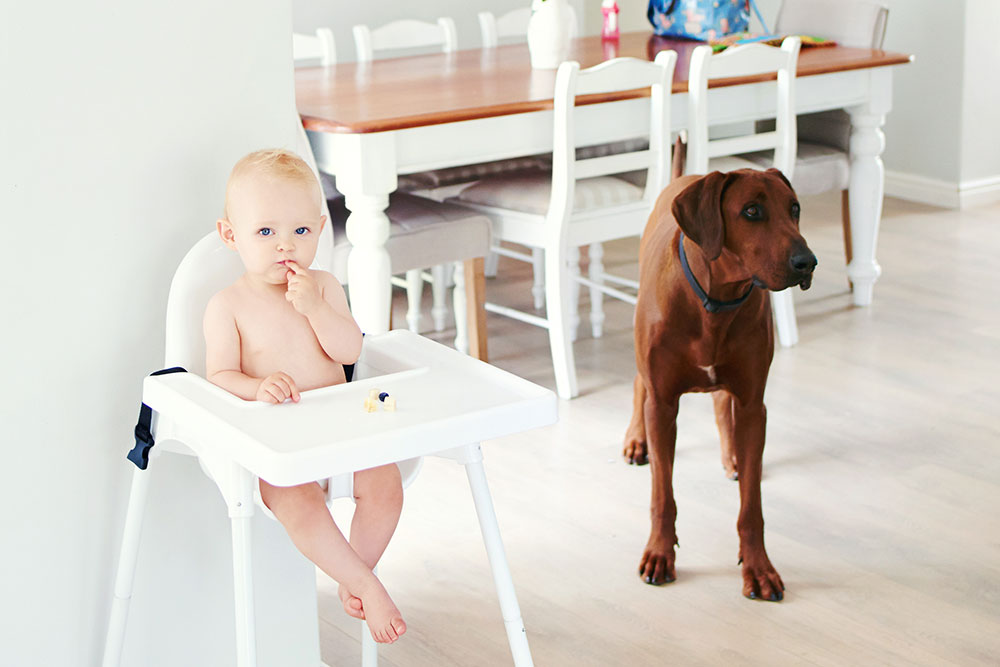
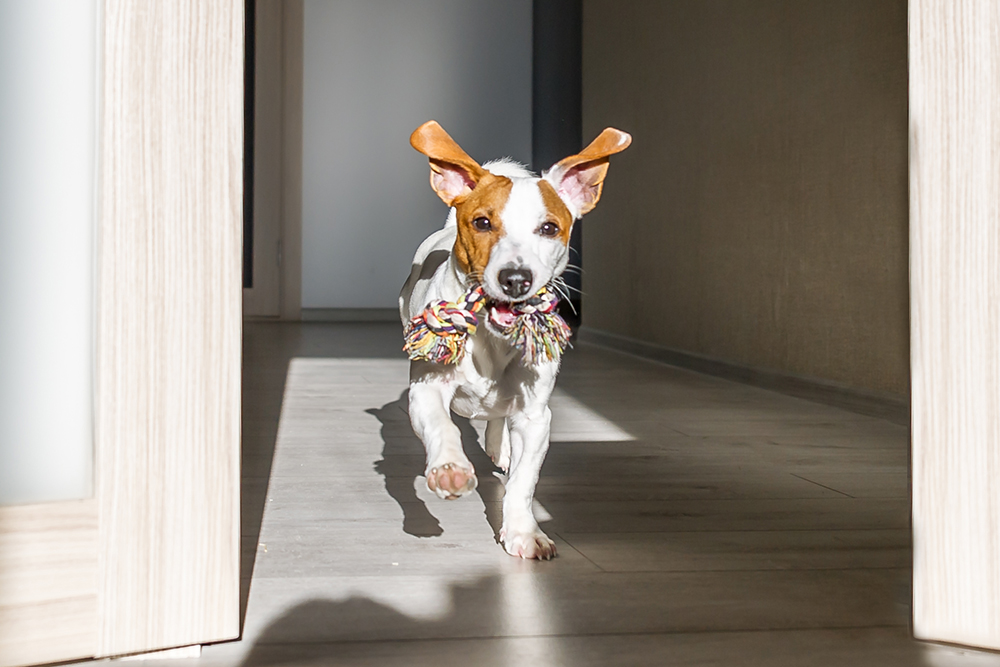 Daylight Savings: Safely Exercise Your Dog After Dark
Daylight Savings: Safely Exercise Your Dog After Dark
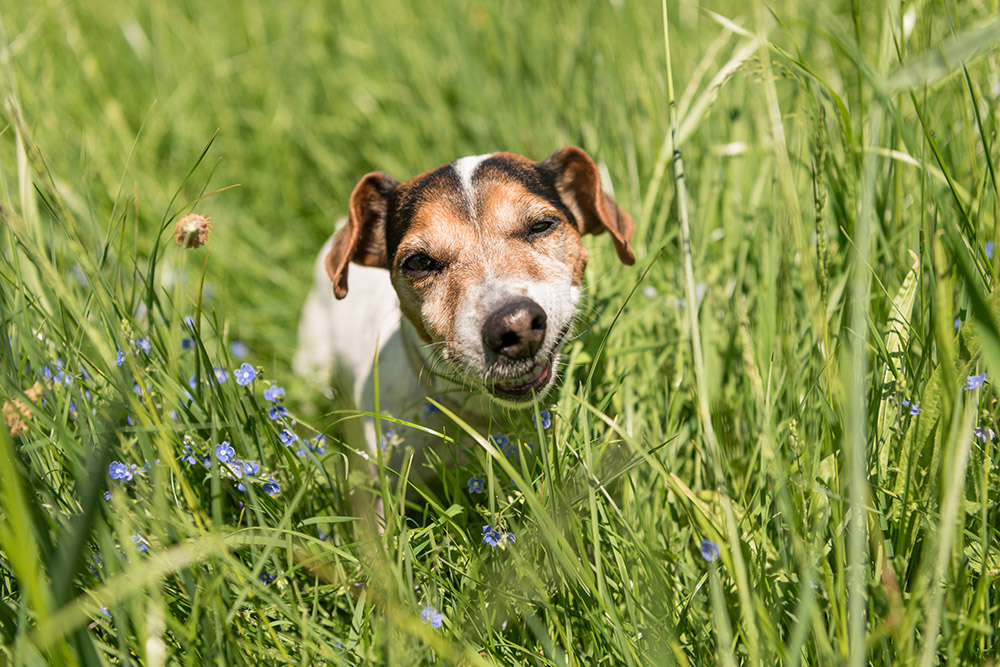 Why Do Dogs Eat Grass?
Why Do Dogs Eat Grass?
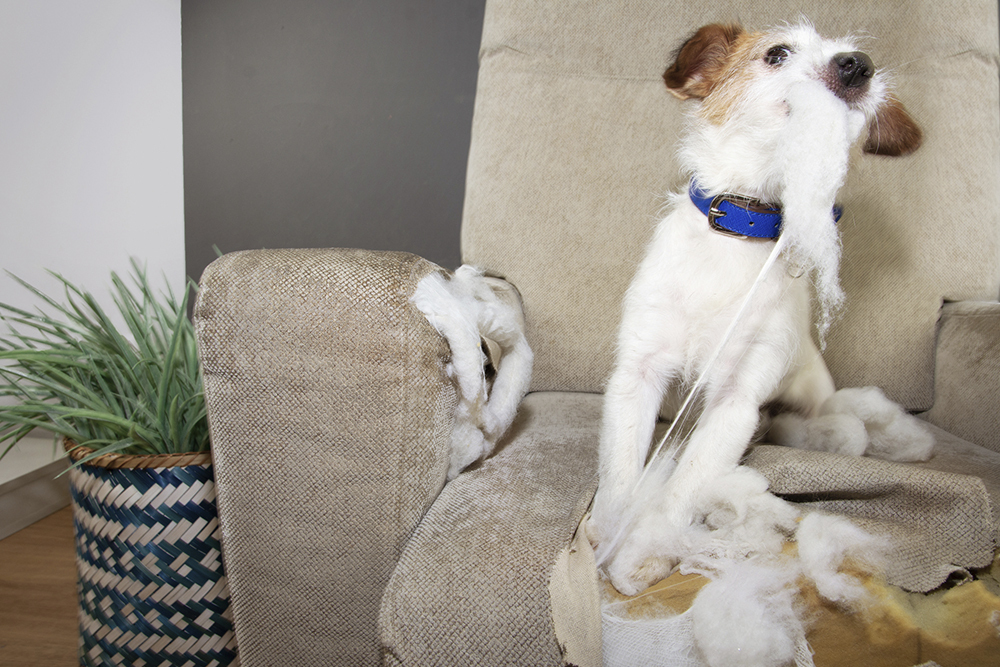 Is it Ever Too Late to Start Training a Dog?
Is it Ever Too Late to Start Training a Dog?
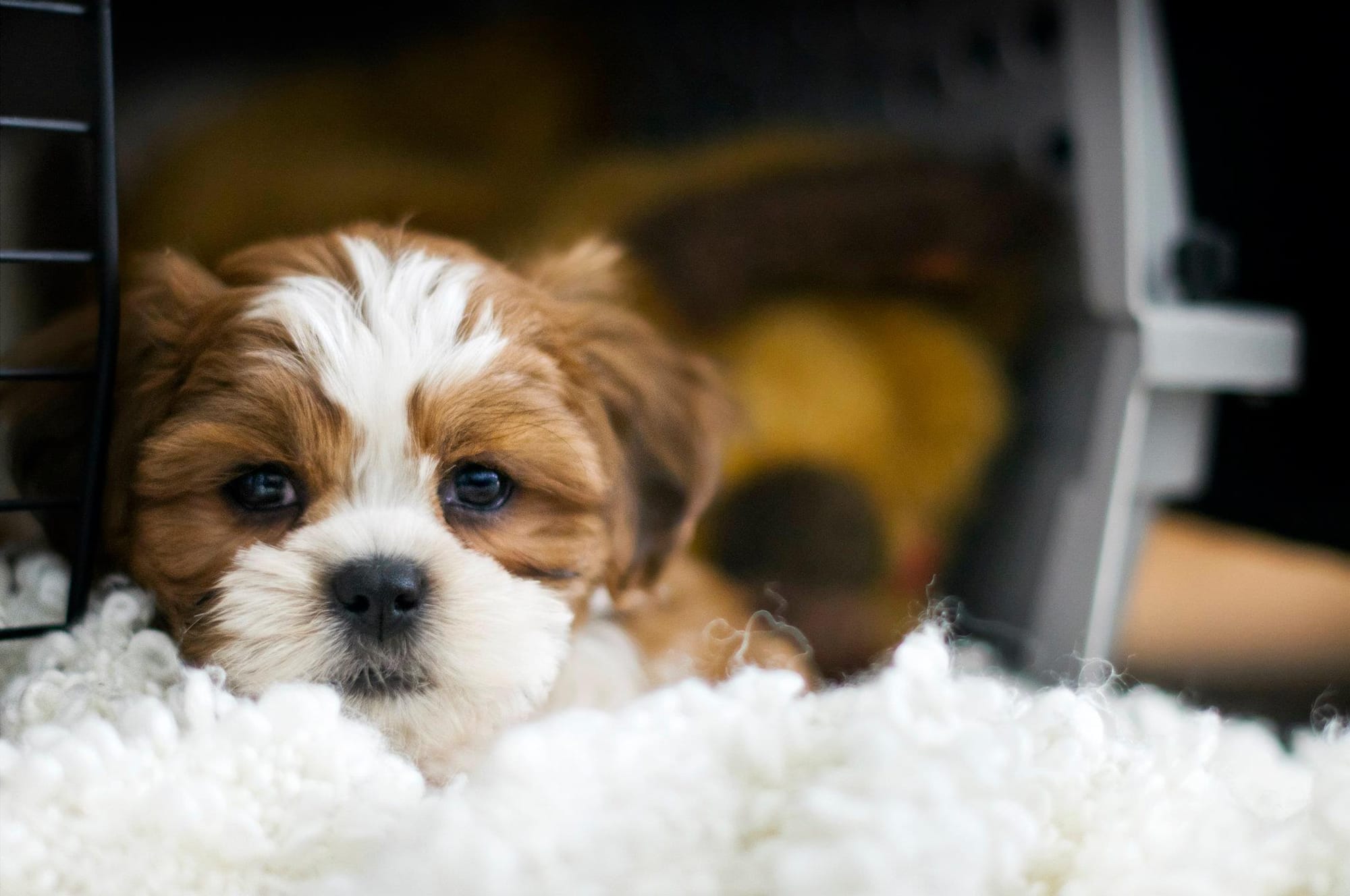 The Importance of Crate Training
The Importance of Crate Training
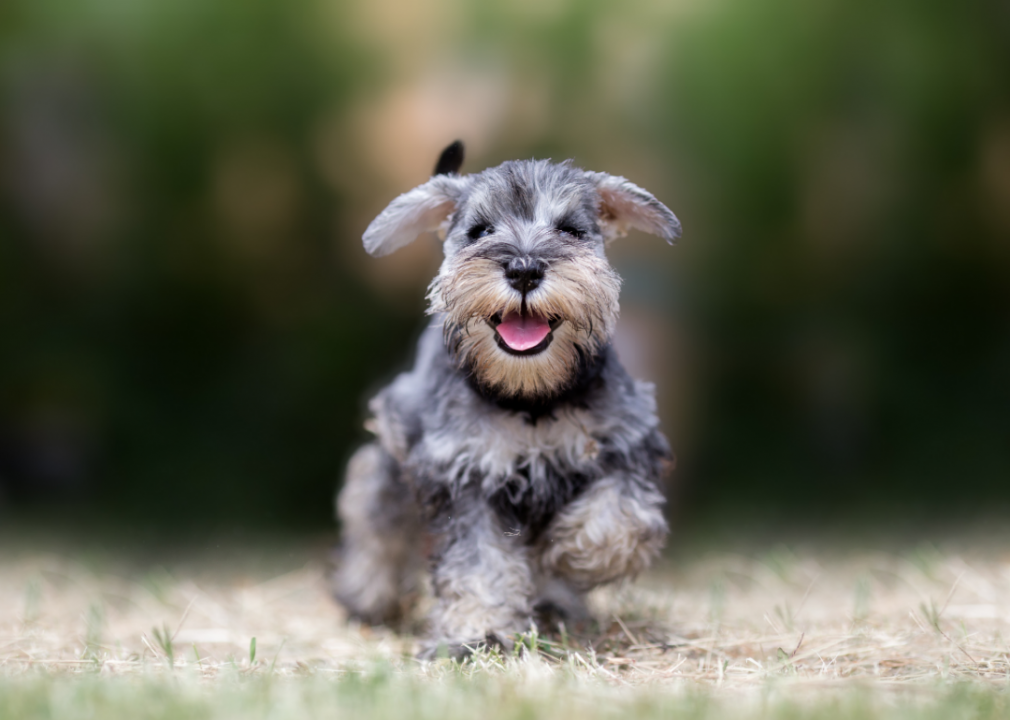 Most Popular Small Dog Breeds that Won't Make You Sneeze
Most Popular Small Dog Breeds that Won't Make You Sneeze
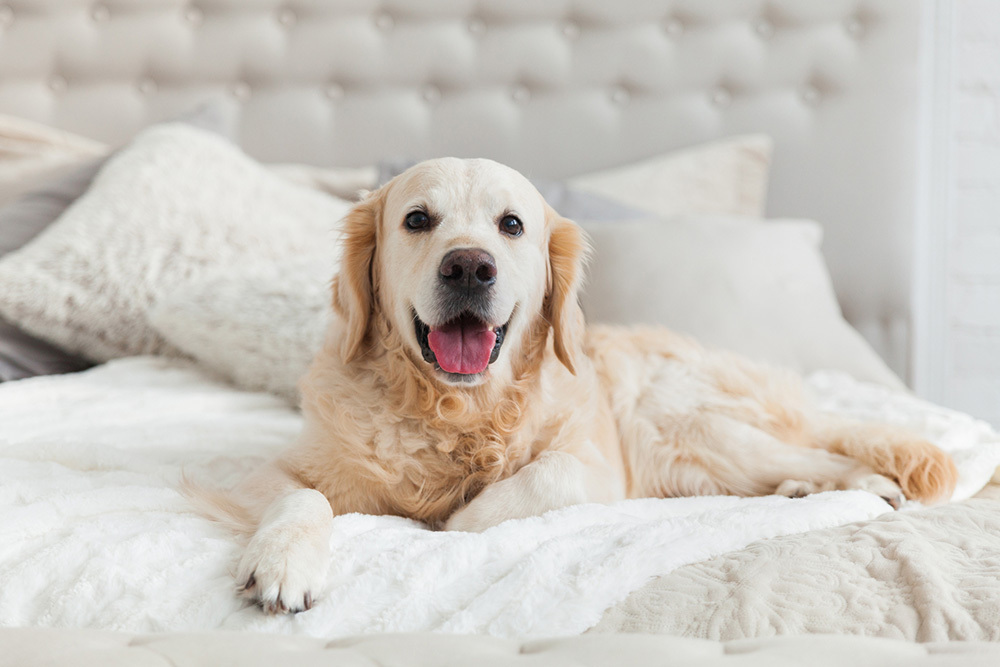 How Dogs Show Their Love
How Dogs Show Their Love